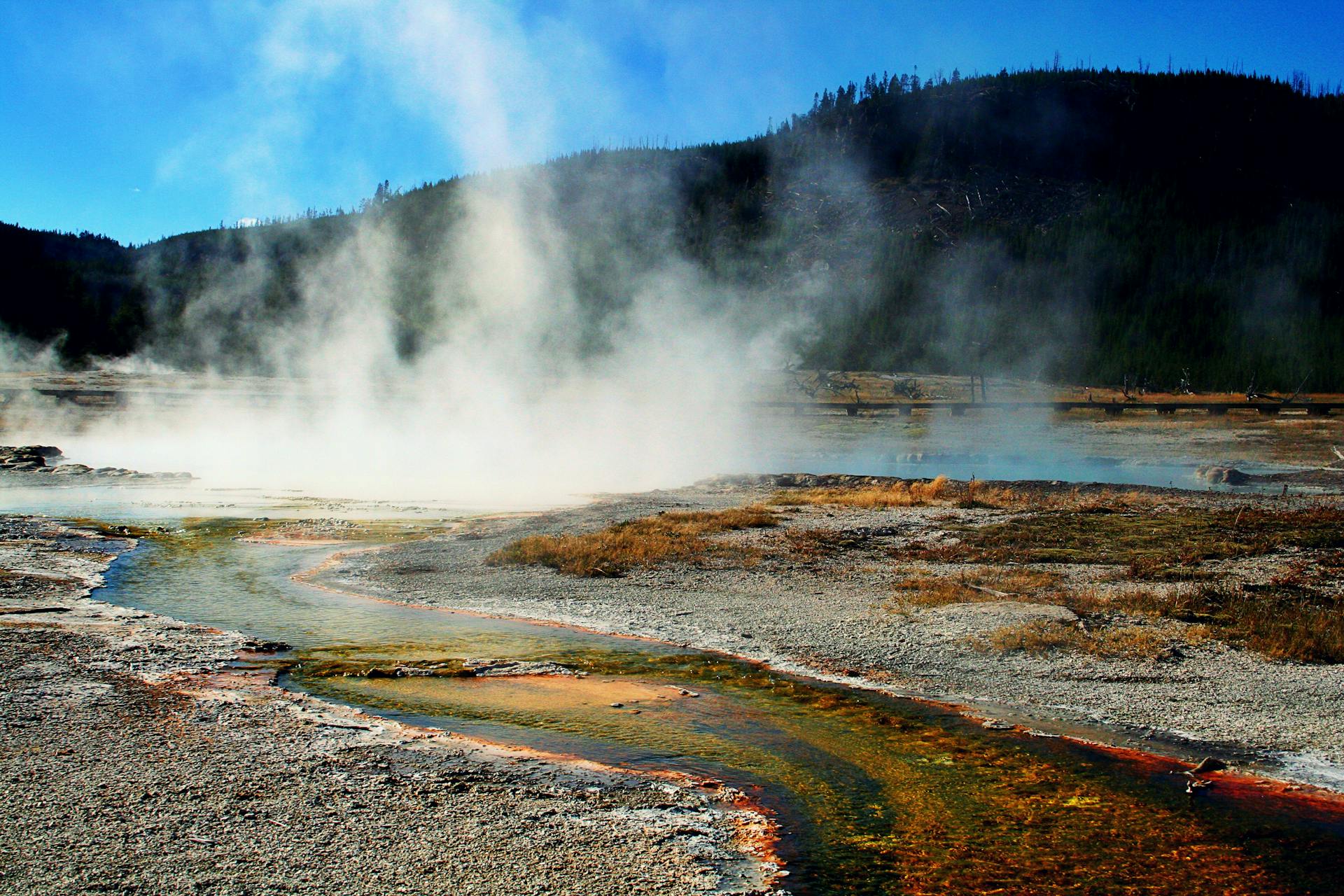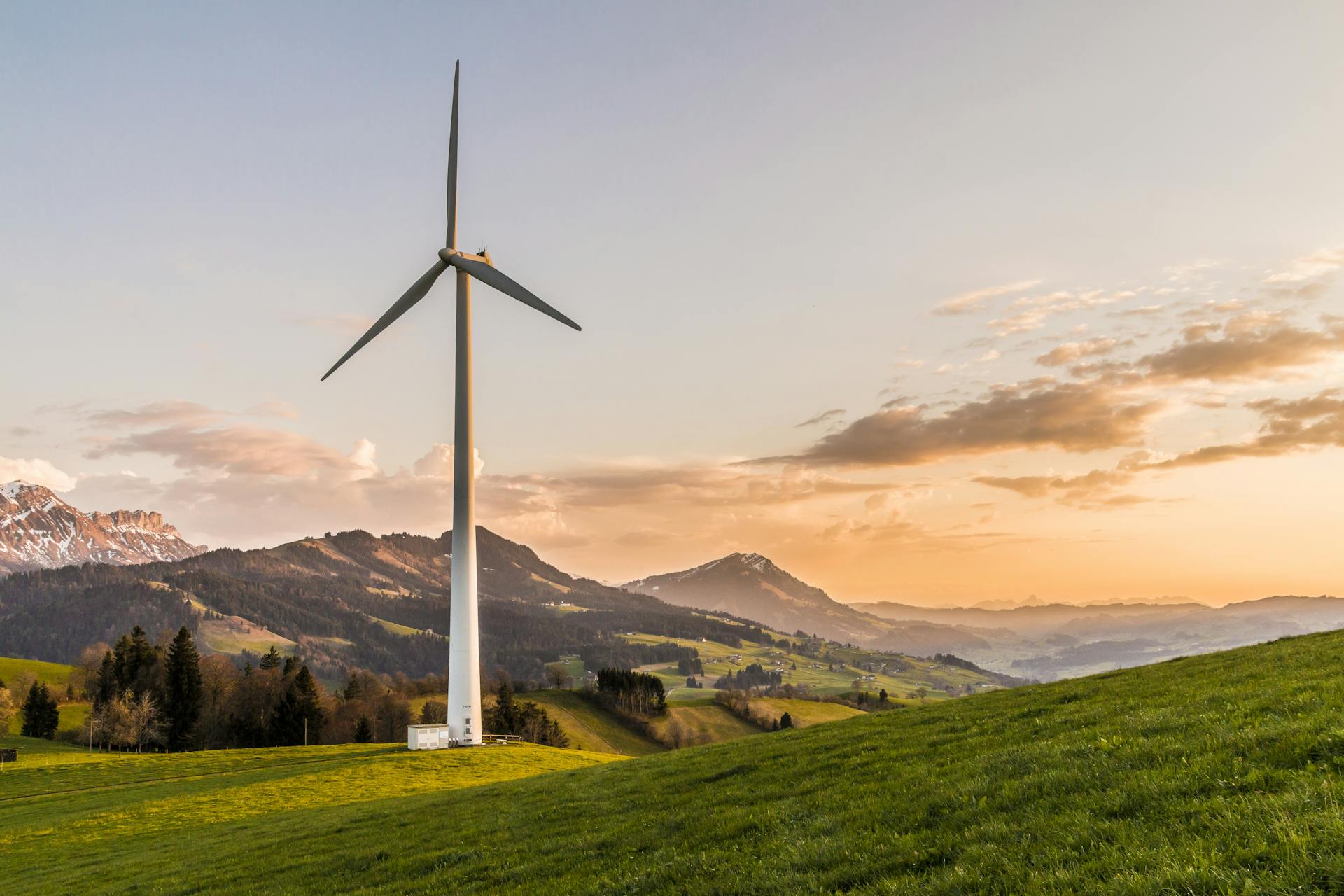As the world grapples with the urgent need for sustainable energy solutions, geothermal energy emerges as a beacon of hope. With its ability to harness the Earth’s natural heat, geothermal power stands out as a remarkably reliable and eco-friendly alternative to traditional fossil fuels. Unlike solar or wind energy, which can be intermittent, geothermal energy offers a consistent and stable source of power, tapping into the planet’s internal heat to deliver a steady flow of renewable energy.
In the quest for a sustainable energy future, geothermal energy is gaining increasing attention for its potential to reshape the global energy landscape. This renewable resource, drawn from the Earth’s core, presents a compelling alternative to fossil fuels, offering both environmental and economic benefits. As technological advancements push the boundaries of what geothermal energy can achieve, it promises not only to diversify the global energy mix but also to drive significant progress towards reducing greenhouse gas emissions and combating climate change.
This article will delve into the future of geothermal energy, exploring the latest emerging technologies that are set to revolutionize the sector. We will examine current trends that are shaping the industry, such as increased investment and innovation, and discuss the potential impacts these developments could have on energy production and sustainability. By understanding these dynamics, we can better appreciate the role geothermal energy will play in meeting the world’s evolving energy needs.
Understanding Geothermal Energy
Geothermal energy is a form of renewable energy derived from the heat stored within the Earth’s core. This energy is harnessed by tapping into geothermal reservoirs located deep underground. The heat from these reservoirs can be accessed through wells, where it is brought to the surface to generate steam. This steam drives turbines connected to electricity generators, producing power in a sustainable manner. Unlike fossil fuels, which release harmful pollutants, geothermal energy offers a clean and consistent energy source, reducing our reliance on carbon-intensive energy forms.
Globally, geothermal energy has made significant strides as a reliable source of renewable energy. As of recent reports, countries like the United States, Iceland, and the Philippines are leading in geothermal power generation, contributing substantially to their national grids. Geothermal energy currently accounts for around 0.4% of the world’s electricity generation but has the potential to expand its footprint. Its contributions are not limited to power generation; geothermal energy is also used in heating applications and various industrial processes, demonstrating its versatility and growing importance in the global energy mix.
Emerging Technologies in Geothermal Energy
Enhanced Geothermal Systems (EGS) represent a major advancement in geothermal technology. EGS involves creating artificial geothermal reservoirs by stimulating hot rock formations that lack natural permeability. This technology has the potential to vastly increase the accessibility and scale of geothermal resources. By injecting water into these engineered reservoirs, it can be heated and then extracted to generate power, thus expanding geothermal energy’s reach beyond traditional geothermal hotspots.
Supercritical geothermal energy involves the use of supercritical fluids, which are in a state between liquid and gas and possess higher energy density compared to conventional geothermal fluids. These fluids are capable of carrying more heat, making them an ideal candidate for more efficient energy extraction. The development of supercritical geothermal systems promises to improve the efficiency of geothermal power plants and unlock new potential in geothermal energy production.
Geothermal Heat Pumps (GHPs) are another promising technology, designed for both residential and commercial heating and cooling. Advances in GHP technology have enhanced their efficiency and reduced their environmental footprint. GHPs work by transferring heat from the ground into buildings during winter and reversing the process in summer. They offer a sustainable solution for climate control, reducing reliance on fossil fuels and lowering energy bills.
Direct use applications of geothermal energy involve harnessing geothermal heat directly for purposes such as district heating, industrial processes, and agricultural heating. Innovations in this area include the development of more efficient heat exchangers and systems for managing geothermal heat in large-scale applications. These advancements are expanding the possibilities for utilizing geothermal energy beyond electricity generation, contributing to a more diversified and sustainable energy strategy.
Trends Shaping the Future of Geothermal Energy
The geothermal sector is witnessing a surge in investment from both governmental and private sectors. This increased funding is driving innovation and scaling up geothermal projects. Governments are providing subsidies and incentives to support geothermal development, while private investors are funding cutting-edge research and deployment of new technologies. This trend is crucial for accelerating the adoption of geothermal energy and overcoming financial barriers associated with its development.
Geothermal energy is increasingly being integrated with other renewable sources, such as solar and wind power, to create hybrid renewable energy systems. These systems aim to combine the continuous, stable output of geothermal energy with the intermittent nature of solar and wind energy. Such integration enhances overall energy reliability and efficiency, making renewable energy systems more resilient and adaptable to varying conditions.
One of geothermal energy’s most significant advantages is its ability to serve as a base load power source. Unlike solar and wind power, which fluctuate based on weather conditions, geothermal energy provides a constant and reliable supply of electricity. This characteristic is crucial for maintaining grid stability and meeting continuous energy demands, positioning geothermal energy as a key player in future energy systems.
The incorporation of digital technologies, such as artificial intelligence (AI) and the Internet of Things (IoT), is transforming geothermal energy production and management. Smart sensors and AI algorithms optimize the performance of geothermal systems by predicting maintenance needs, improving efficiency, and reducing operational costs. Digitalization enhances the ability to monitor and control geothermal energy systems in real-time, leading to more efficient and sustainable operations.
Potential Impacts on the Energy Landscape
The growth of geothermal energy has significant economic implications. It offers opportunities for job creation in both the construction and operational phases of geothermal projects. Moreover, by providing a stable and local source of energy, geothermal energy can contribute to energy independence and reduce energy costs for consumers. The development of geothermal resources also stimulates local economies through infrastructure development and technological innovation.
Geothermal energy presents considerable environmental advantages. It produces minimal greenhouse gas emissions compared to fossil fuels, contributing to a reduction in the overall carbon footprint. Additionally, geothermal systems have a smaller land footprint and lower water usage compared to other renewable energy sources. These environmental benefits make geothermal energy an essential component of strategies to combat climate change and promote sustainability.
Despite its advantages, geothermal energy faces several challenges. High initial costs and resource location constraints can hinder development. However, these challenges also present opportunities for innovation and growth. Advancements in technology and improved financing models are addressing these barriers, making geothermal energy more accessible and economically viable.
Case Studies and Examples
Examining successful geothermal projects around the world provides valuable insights into the potential and challenges of geothermal energy. Projects such as Iceland’s Hellisheidi Power Station and the United States’ The Geysers showcase the successful implementation of emerging technologies and innovative approaches. These case studies highlight the practical applications of geothermal energy and offer lessons for future projects.
From these case studies, key lessons can be learned about best practices for geothermal energy development. Insights into project management, technology selection, and stakeholder engagement can inform future geothermal initiatives and help overcome common obstacles.
Future Directions and Research
Ongoing research in geothermal energy focuses on several areas, including materials science, reservoir management, and energy efficiency. Innovations in these fields are driving the development of more efficient and cost-effective geothermal systems. Research efforts are also exploring new geothermal resources and improving the sustainability of geothermal operations.
Policy and regulatory frameworks play a critical role in supporting the growth of geothermal energy. Governments are working to create favorable conditions for geothermal development through supportive policies, incentives, and regulations. Effective policy measures are essential for addressing technological and financial challenges and fostering a thriving geothermal industry.
Conclusion
The future of geothermal energy is shaped by emerging technologies, evolving trends, and significant impacts on the energy landscape. From enhanced geothermal systems to digital innovations, these advancements are positioning geothermal energy as a key player in the transition to a sustainable energy future.
Geothermal energy holds transformative potential for the global energy sector. Continued innovation, investment, and supportive policies are essential to unlocking its full potential and achieving a sustainable energy future. Embracing geothermal energy will not only enhance energy security and environmental sustainability but also drive economic growth and technological advancement.


